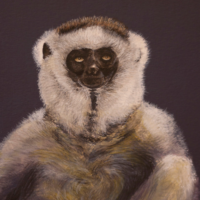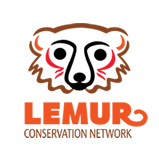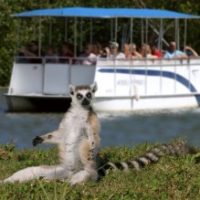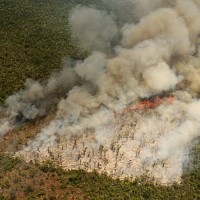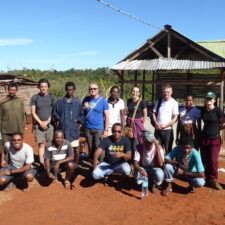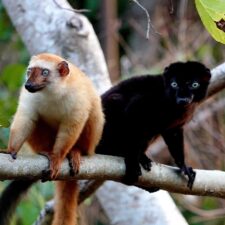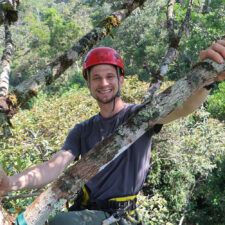Montreal-based Galerie d’art LSB, is hosting Canadian artist, Emily Read, and her Not So Hopeless series to shine the light on endangered species. The alternative loft gallery works closely with artists to help raise funds for various humanitarian efforts. This exhibition focuses on raising funds to help save animals from extinction. The Not So Hopeless series consists of 60 different paintings, big and small. Each painting tells the story of a different endangered species or individual animal who, with the […]
